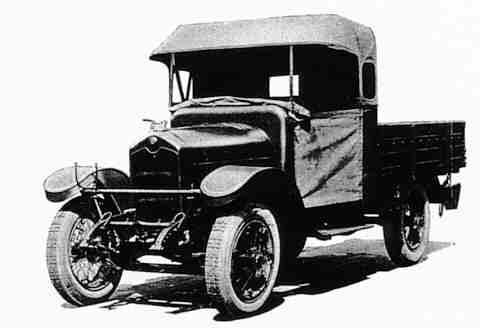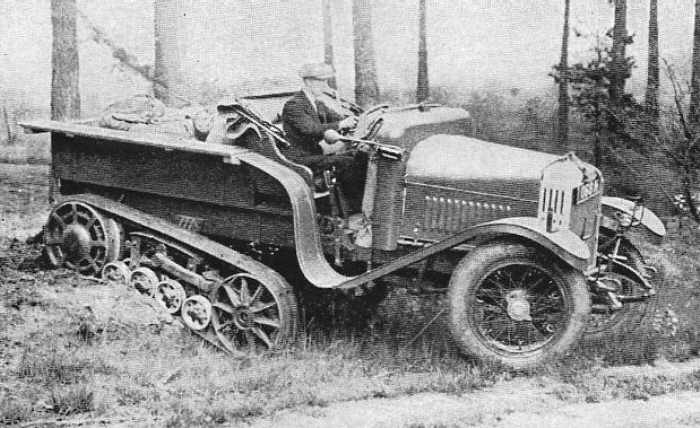The BGT1 (British Government tender Type 1), also known as the 40-50hp or on the civilian market the 30 cwt Subsidy Chassis, was produced in 1923 in response to the British War Office's Subsidy Specification No 30 which called for a "30 cwt chassis capable of carrying at least 2 tons over rough country". At first the 5266 cc 30/70 engine was used but the smaller 25/30 engine could be specified. The 30/70 engine was an over bored version of the 25/30. The last ones were probably made in 1927.
It was available in both civilian and military specifications, the civilian version having a fabricated radiator surround and the military a cast aluminium version. At least one was fitted with a Kegresse track bogie and used in 1925 as a demonstrator. The military version was supplied to the British and Indian governments and the Royal Air Force.
The engine used was either the 4531 cc 25/30 type or the 5266 cc 30/70 type.
Chassis numbers were in either the 30xxx range for those fitted with the 25/30 engine or the 50xxx range for the 30-70 engined variants.
Around 200 are believed to have been made, none are known to survive.
BODY STYLES

The 30 cwt civilian version of the 40-50 with lorry body from the Crossley Motors Sales Brochure

The BGT1 military model. This example was fitted with a Kegresse track and was acting as Crossley's demonstration vehicle in trials at Bovington camp in 1925.
In chassis form the BGT1 cost £850 or £890 with electric lighting and starting and complete vehicles cost from £950. It was eligible for a government subsidy of £40 per year if made available for military use on demand.
SPECIFICATION
overall ratios: 34:1, 20.5:1, 11.75:1, 6.25:1. Reverse 27.494:1
Rear - steel casing with fully floating drive shafts
Hand operated rear expanding type. cast iron lined.
Tyres - 36 x 6 inches front, 38 x 7 inches rear
Feed from rear tank by Autovac, dash tank by gravity. Level gauge on rear tank.
Electric lighting optional
